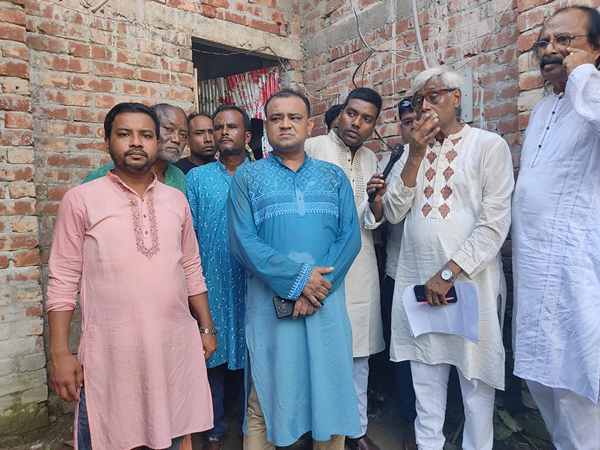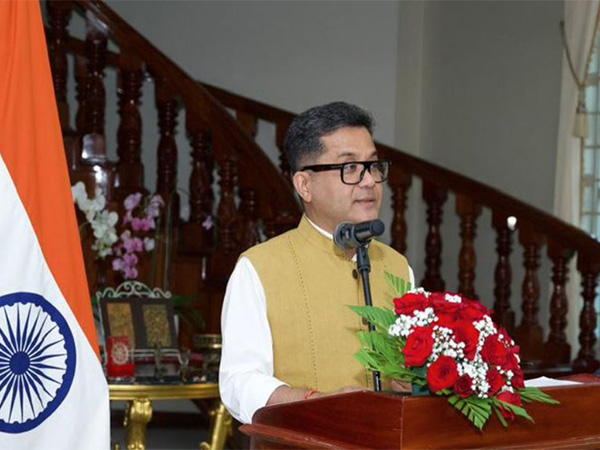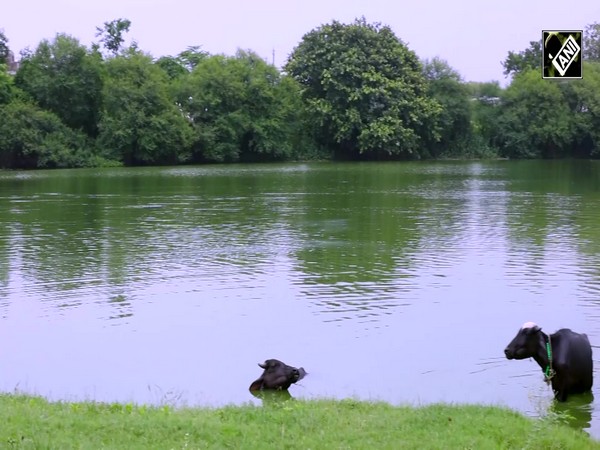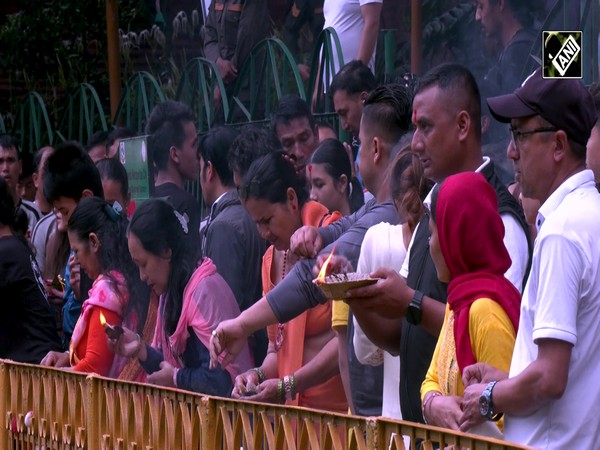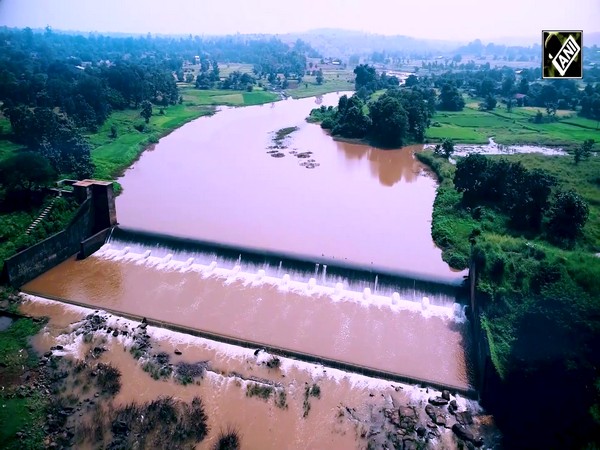
Rain in Tibet trigger flood in Nepal, warning issued in three districts
Jul 30, 2025
Kathmandu [Nepal], July 30 : Downpour in Tibet early Wednesday morning has triggered flood in rivers flowing in Nepal prompting authorities to issue warning in three districts.
The district of Rasuwa, adjoining the Tibetan side which was hit by a flash flood on July 8 had claimed lives of 7 with over a dozen still missing, after Lhende River swept infrastructure near Nepal-China border.
Heavy rainfall in Tibet earlier this morning has triggered flooding in the Trishuli River, raising water levels in areas around Uttar Gaya in Rasuwa and the Trishuli 3B Hub in Kispang. Authorities have issued warnings as water flow continues to rise in the Rasuwagadhi area.
Rasuwa's Assistant Chief District Officer Dhruba Prasad Adhikari has urged "residents living in low-lying coastal areas to remain vigilant," citing the "ongoing flood originating from the Rasuwagadhi region near the Nepal-China border."
"The District Disaster Management Committee and local disaster response teams under Uttar Gaya Rural Municipality have been mobilized. The rural municipality and police administration have requested immediate cooperation from the public in adhering to the safety notice," Adhikari told ANI over phone.
Similar warning was issued in the Nuwakot and the Dhading District where the Trishuli River has swollen following the flood in Lhende River along the Nepal-China border.
The District Administration Office of both the districts has requested the locals living along the coastline to remain vigilant for possible floods.
Preliminary assessments by Nepal's Department of Hydrology and Meteorology-supported by satellite imagery, local officials from the border area, and geologists had confirmed that the flood originated after a section of long-frozen permafrost suddenly gave way near the river's source, which flows into Nepal via Gosainkunda Rural Municipality-1 on 8 July.
Permafrost refers to terrain made of compacted rock, snow, and soil that remains below 0°C year-round. Even light rainfall or increased temperatures can destabilize it, causing sudden floods or landslides.
At least four of the river's glacial tributaries originate in Tibet. On the Nepali side, the catchment extends through glacial areas between Langtang Lirung and the Sangbu Ri ridge, reaching as far down as the Dudhkunda Ghattekhola area.
The Lhende River joins the Trishuli downstream from the Nepal-China friendship bridge at Rasuwagadhi, which was washed away by the flood.
Other glacial tributaries, including the Tibu glacier to the northeast, the Purupe glacier further upstream, and another glacier northwest of Langtang Himal, all contribute to the Lhende. These catchments collectively host at least seven glacial lakes on the Tibetan side, and a smaller one can be seen near Dudhkunda in Nepal.
Due to rising global temperatures, these permafrost areas have been receiving consistent rainfall in recent years. The warm precipitation accelerates the melting of permafrost--frozen mixes of snow, sand, and rock--which have remained stable for decades at subzero temperatures.




